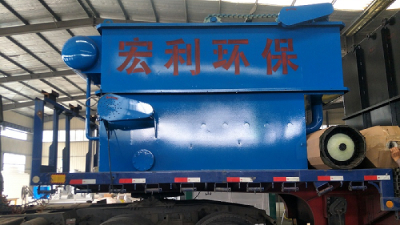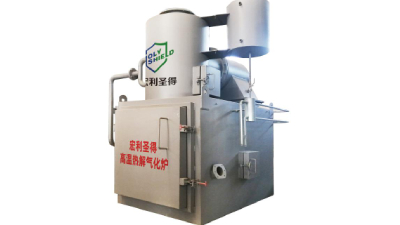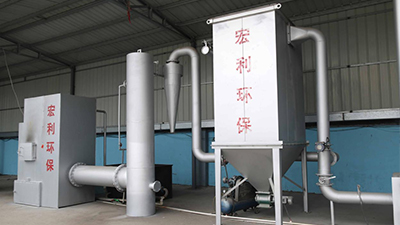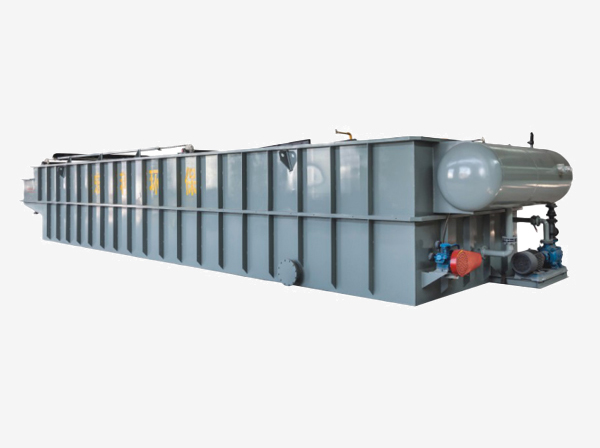



There are many methods for the harmless treatment of animal incinerators. Today, Mr. Liu, a technician from Holy Shield, will share with you a few more effective ones:
1. Deep burial method: Use burial method to treat dead animal carcasses and related items such as products, and achieve harmlessness through the self-purification of soil. The deep burial method is currently a common practice in small livestock and poultry farms in most areas of China to dispose of dead animal carcasses. The deep burial method has simple operation, low cost, and is not easy to produce odor;

2. Incineration method: Putting the dead animal carcass into an incinerator or burning it in other ways to carbonize it. Usually when severe infectious diseases occur in farms, this method is mandatory, which is the best method for harmless treatment of dead animals. The advantage of this method is that it can kill pathogenic microorganisms and has a good disinfection and sterilization effect;
3. The corpse cellar treatment method: the corpse cellar refers to a sealed pool constructed with bricks and concrete after digging a hole on the ground. The corpse cellar treatment method is a method in which the carcasses of sick and dead animals are thrown into it and decomposed and degraded over time. Normally, a corpse inoculant is added in the process to accelerate the decomposition of livestock and poultry carcasses, kill all pathogens except spores, eliminate odors, and greatly improve the efficiency of the corpse cellar. The corpse cellar treatment method is suitable for the harmless treatment of batches of livestock and poultry carcasses, such as breeding farms (communities), township (town) and village centralized treatment sites.
4. Chemical preparation method: In a closed high-pressure container, by passing high-temperature saturated steam into the container interlayer or container, under the action of high temperature and pressure, the dead animal carcass is digested and converted into sterile solution and dry matter bone residue. The process of killing all pathogenic microorganisms. The chemical preparation method has the advantages of simpler operation, strong processing capacity, good sterilization effect, and short processing cycle; but the disadvantage is that malodorous gas is easily generated during the processing, and further processing is required. This method is suitable for the harmless treatment of urban livestock and poultry, and can also be used for the harmless treatment of dead animals and animal products in farms, slaughterhouses, laboratories, harmless treatment plants, food processing plants, etc.;

5. Biodegradation method: Put the dead animal carcass into a degradation reactor, and use the principle of fermentation and degradation of microorganisms to break, degrade and sterilize the dead animal carcass. The principle is to ferment and decompose the carcasses by means of biological heat to achieve the purpose of reduction and harmless treatment. It is a new technology for harmless treatment of dead animals and their products. In response to the need for the treatment of severe diseases and the harmless treatment of regional sick and dead animals, high-temperature biodegradation can be combined to form a high-temperature biodegradation treatment technology. The biodegradation method has the characteristics of easy selection of the treatment site, simple and easy operation of the treatment process, no waste gas and waste water during the treatment process, and environmental protection and no pollution. The treated product can be used as a fertilizer to achieve the effect of resource recycling.
Okay, that's it for today's sharing. If you have any other questions about the incinerator, you can send the question to the email: sales@zchlsd.com, and we will arrange a technician to answer your questions.